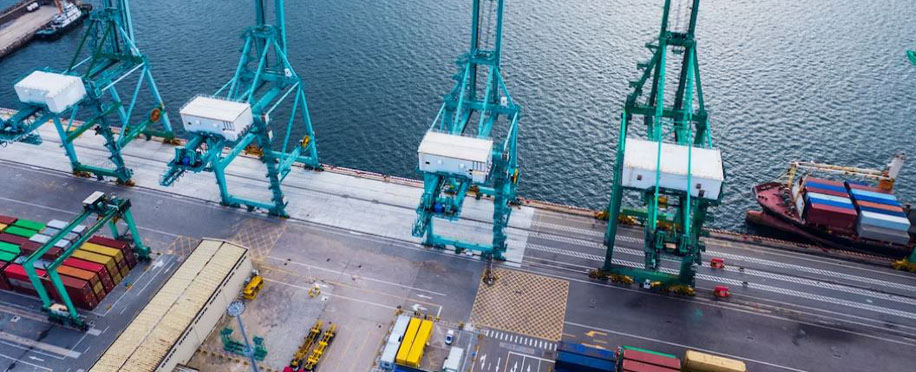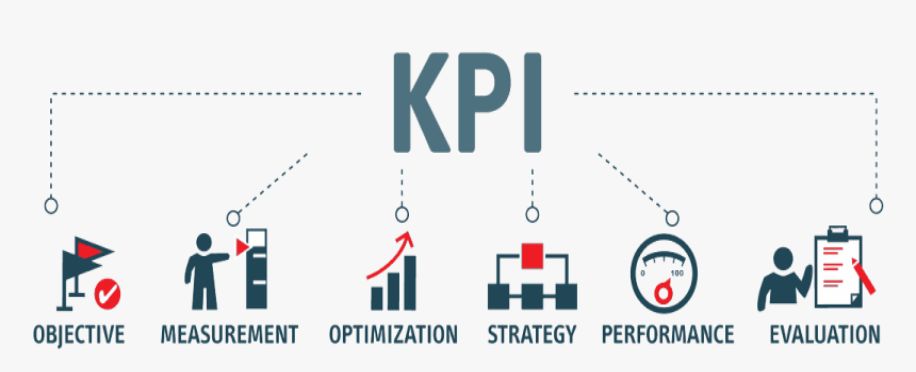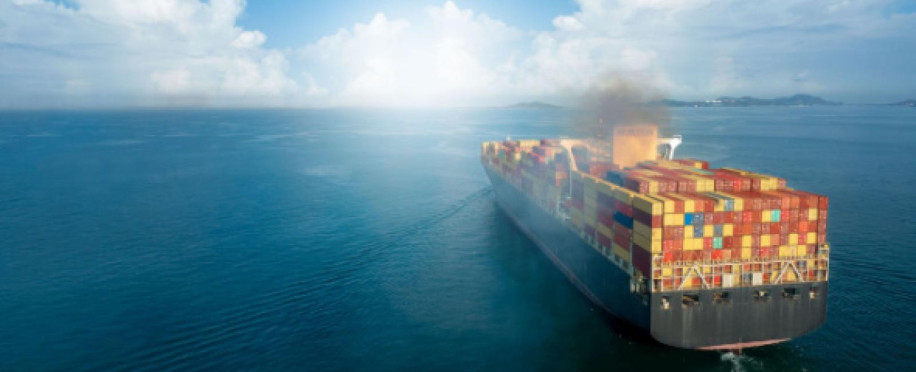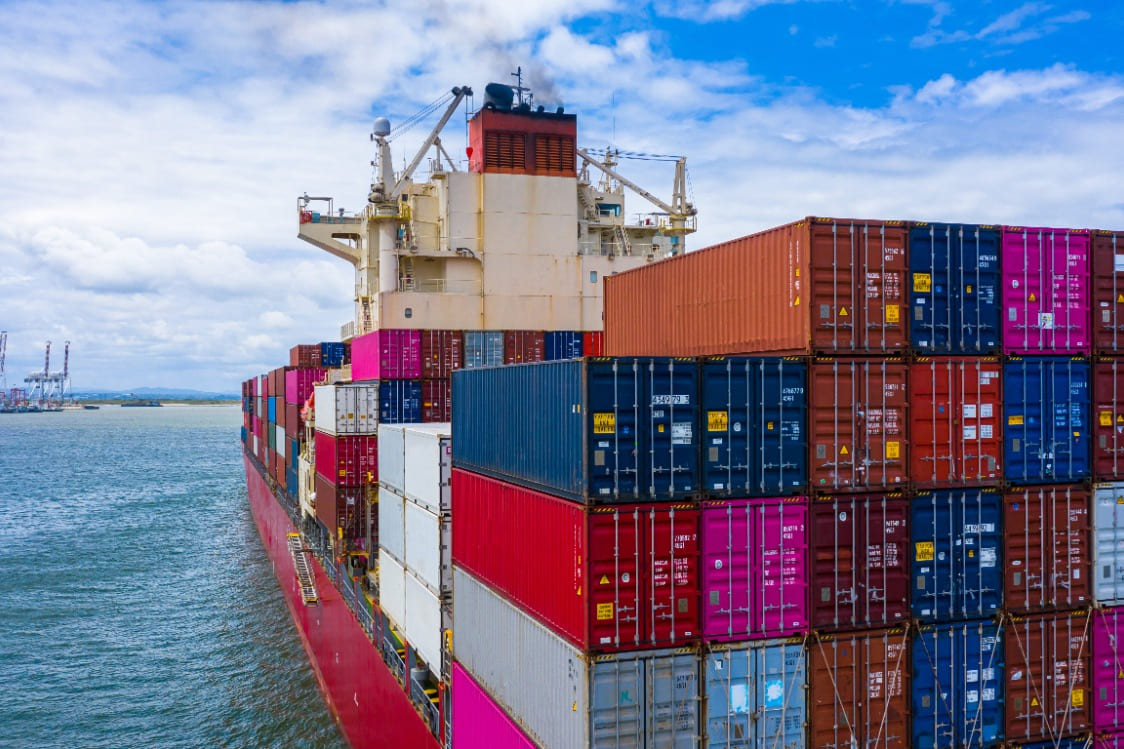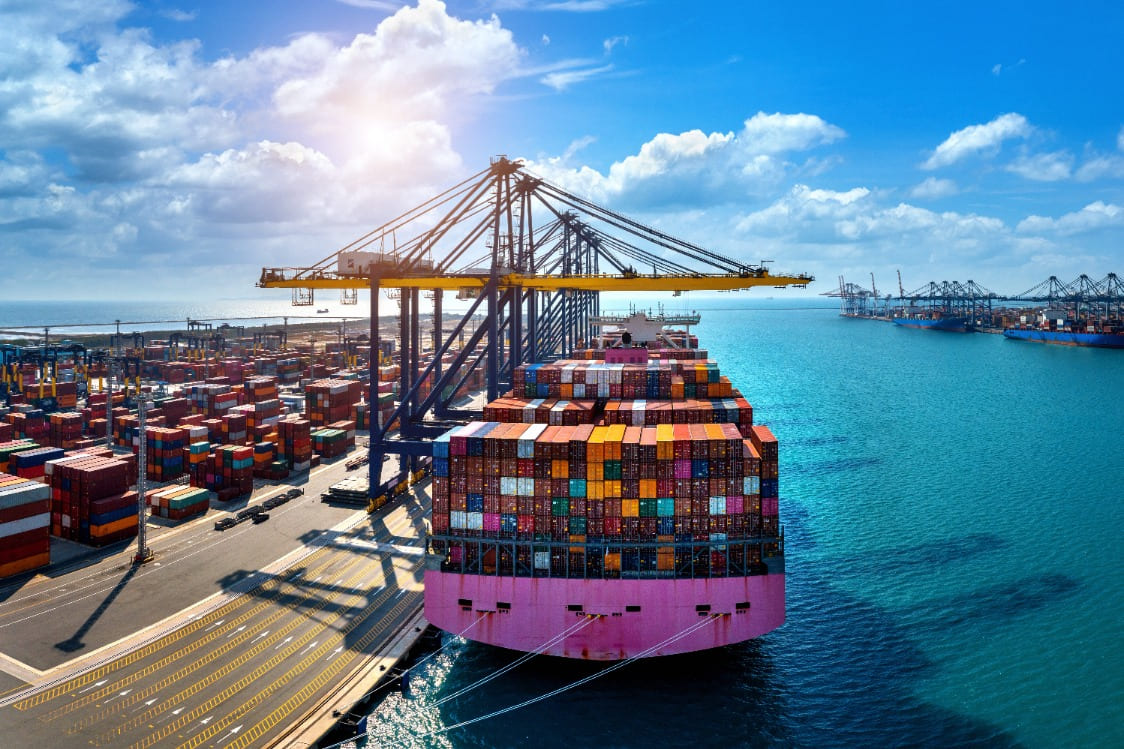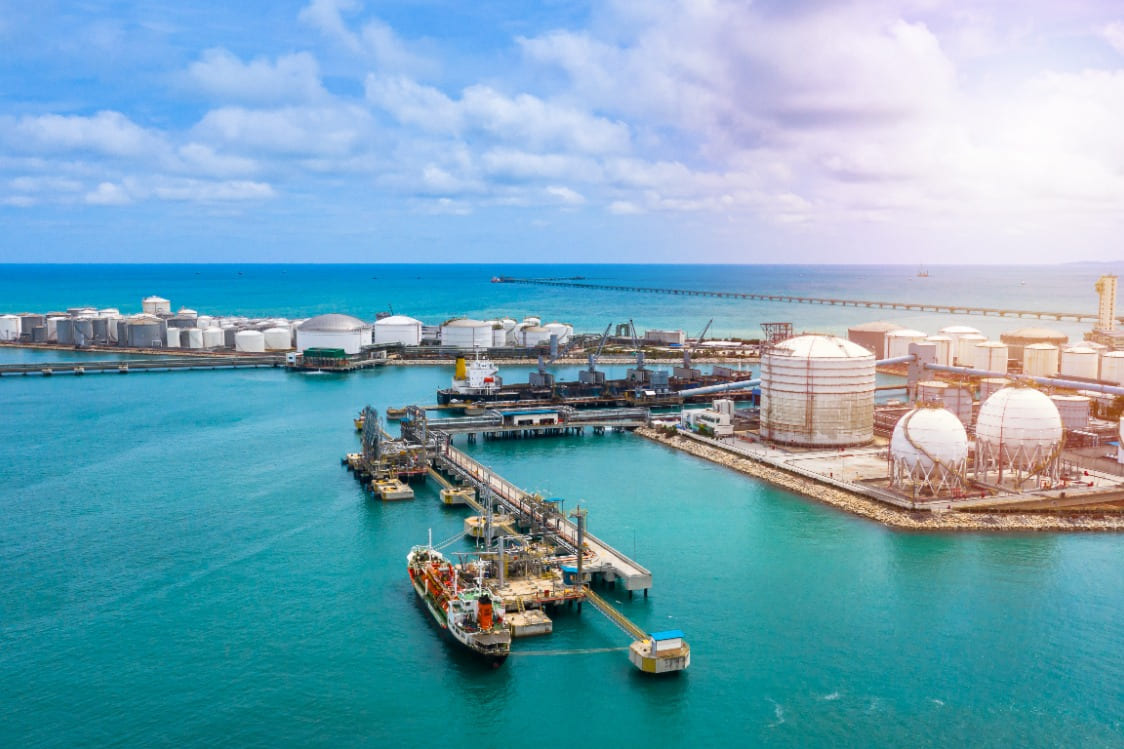Breaking the Ice: Challenges and Opportunities of Arctic Shipping Routes

Posted on Mar 20, 2024 at 04:03 AM
The earth is changing; all its elements are changing shape, especially its waters. As the ocean is warming up and the icebergs are melting, shipping companies have started to think of ways to leverage that change and explore potential navigable arctic shipping routes that ships might be able to travel.
Are these Arctic shipping routes a good idea, or are we staring at a maritime disaster? Should we all be looking north for our trade routes? What kind of future will this trend bring? In this article, we will explore all these questions and more.
What are the transit routes in the Arctic?
The Arctic is made up of several transit routes, which are becoming increasingly accessible due to the shrinking ice cover. This includes the Northwest Passage (NWP), which extends from the Canadian Arctic Archipelago and connects the Atlantic and Pacific Oceans.
Besides that, the Northern Sea Route (NSR) is another significant road. It crosses between the coast of Russia and the Arctic Ocean, forming a direct connection between Europe and Asia. Besides that, there are other ways like the Transpolar Sea Route (TSR) that goes through the central Arctic Ocean.
How viable is Arctic shipping?
Navigation of Arctic shipping routes is gaining increased economic interest as an alternative option for the traditional main shipping lanes. The diminishing ice in the Arctic has extended the shipping season, and vessels are navigating for longer periods of times.
Furthermore, with less distance to travel the shipping lines become economically attractive; shorter routes lead to faster speeds and less fuel consumption.
Nevertheless, Arctic shipping will always depend on several factors including the weather conditions, the level of ice coverage of the area, maritime policies, and the availability of ice breakers.
What are the advantages of the Arctic shipping routes?
The Arctic shipping routes have numerous distinct advantages which make them appealing to commercial routes.
To begin with, the shorter distances may reduce the shipping time compared to other modes, therefore the faster delivery of goods and materials would be made possible. It is a very important factor when time-sensitive products like fresh produce and perishable ones are in consideration.
Secondly, the minimised transit times will lead to cost reduction, as they enable fuel savings and operational costs reduction. By the same token, there are the Arctic routes where ships have an opportunity to bypass the congested traditional shipping lanes which may decrease the delaying risks and enhance flexibility.

What are the obstacles and risks of Arctic shipping?
Although Arctic shipping routes can become new avenues for ships to use, they also pose great challenges. A constant red alert is the fact that sometimes, and for very many reasons, including these:
The Arctic weather is very hostile and unpredictable. Severe weather limitations such as freezing temperatures, storms, and superstorms can expose shipping to considerable risk to ships and crews. Especially in the winter season, September to February, any ship crossing polar water will drastically suffer the consequences. Even though sailing in the summer periods might be okay, these routes will always be controlled by climate conditions.
Another major thing to mention is, that ice is still there, just thinning and melting, thus needing cautious navigation and breaking ice by icebreakers in some sectors. Furthermore, poor infrastructure, such as ports and navigational aids nautical charts, and maps, hinders the Arctic shipping's growth.
We can add to that the various environmental impacts that the increase in sailing across the Arctic might cause. The warming of the icecap is primarily caused by global warming, and there is a danger of further environmental pollution due to the opening of these new routes. Starting with carbon emissions and oil spills, these increasingly occurring accidents might become common in the Arctic region and destroy the ecosystem of the pole.
Why do you need Shipping management courses?
If you want to sail the Suez Canal or the Panama Canal, you need to fully understand the map of the area, the usual amount of traffic, and the current regulations. Similarly, suppose you want to start your arctic shipping journey across international channels. In that case, you need to have a high sense of navigability, study the area and its climate, and have total confidence that the container will reach its destination safely without any loss of cargo.
As you can imagine the extent of difficulty the Arctic constitutes for shipping companies, you can't expect to cruise through it smoothly without enough help. Lucky for you, shipping management courses are there to help you along the way, these short interactive courses are based on scientific curriculums and are incredibly sought after by everyone in the industry.
As we progress forward exploring Arctic shipping routes, it is significant to ensure that this emerging area is developed in an eco-friendly way, protecting the vitality of the Arctic environment for future generations. Therefore, clear the remaining ice and expect an extensive journey to the area.
